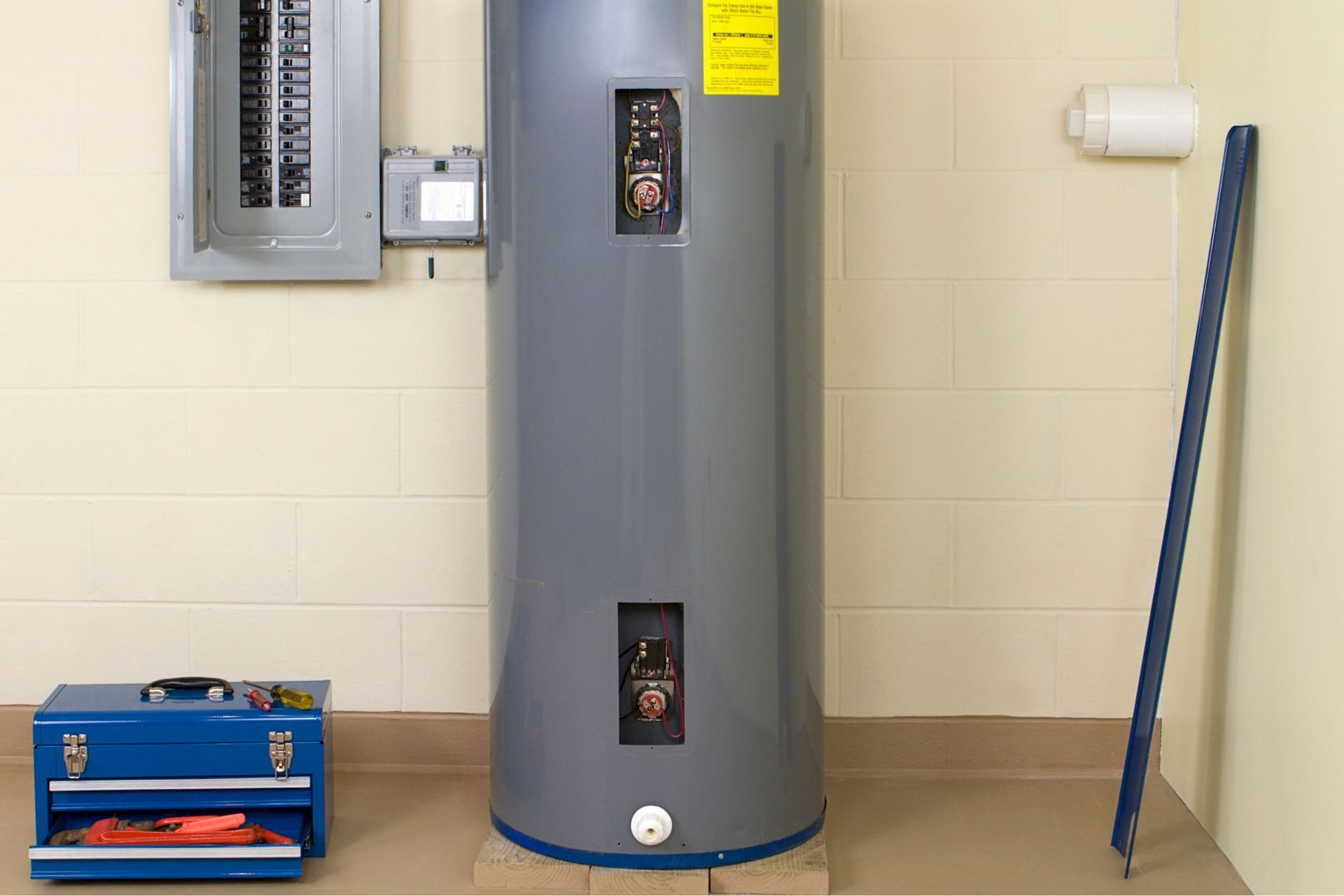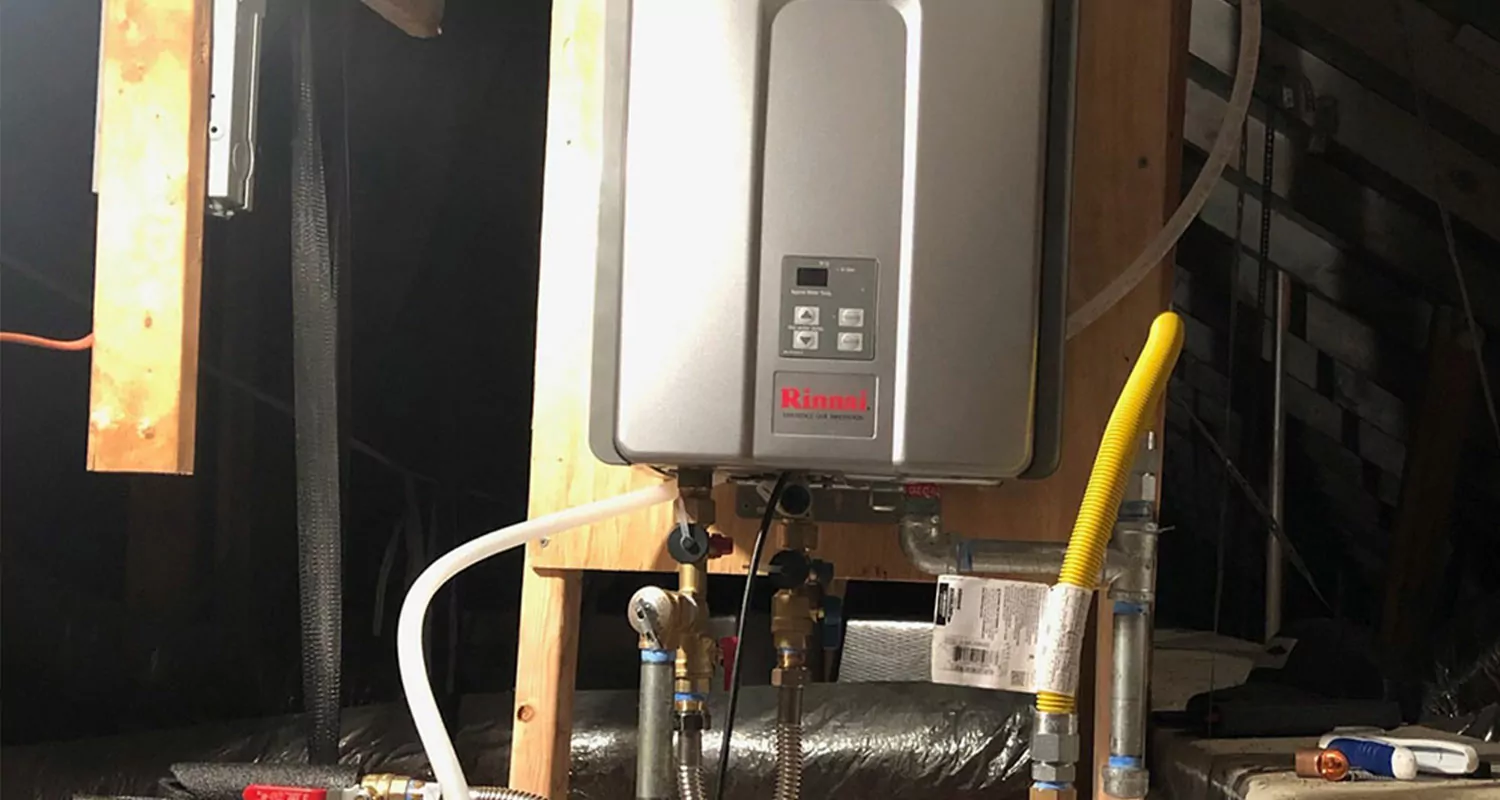They are making several great points about Tips on Maintaining a Water Heater as a whole in the article on the next paragraphs.

Warm water is essential for daily comfort, whether it's for a rejuvenating shower or cleaning dishes. To ensure your hot water system runs successfully and lasts much longer, regular maintenance is crucial. This write-up provides useful suggestions and insights on exactly how to preserve your home's hot water system to prevent interruptions and expensive repair work.
Introduction
Keeping your home's warm water system could appear overwhelming, however with a few easy steps, you can ensure it runs smoothly for many years to come. This guide covers everything from recognizing your hot water system to DIY maintenance tips and understanding when to hire specialist assistance.
Significance of Keeping Your Warm Water System
Regular upkeep not only expands the life expectancy of your hot water system however also guarantees it operates successfully. Overlooking maintenance can cause decreased performance, higher power bills, and also premature failure of the system.
Indicators Your Hot Water System Demands Maintenance
Knowing when your hot water system requires interest can protect against major concerns. Keep an eye out for indicators such as inconsistent water temperature level, unusual sounds from the heater, or corroded water.
Flushing the Hot Water Heater
Flushing your water heater gets rid of sediment build-up, improving effectiveness and extending its life.
Monitoring and Replacing Anode Rods
Anode poles protect against corrosion inside the tank. Checking and changing them when broken is crucial.
Complex Problems Needing Specialist Aid
Instances include significant leakages, electrical problems, or if your water heater is regularly underperforming.
Routine Expert Upkeep Conveniences
Specialist upkeep can consist of thorough evaluations, tune-ups, and guaranteeing compliance with safety and security criteria.
Inspecting and Readjusting Temperature Level Setups
Readjusting the temperature level setups makes certain optimum performance and security.
Do It Yourself Tips for Upkeep
You can execute several maintenance tasks on your own to maintain your warm water system in leading problem.
Checking for Leaks
Frequently check pipelines and links for leakages, as these can bring about water damages and greater expenses.
Comprehending Your Hot Water System
Before diving right into upkeep jobs, it's valuable to understand the fundamental elements of your hot water system. Generally, this includes the hot water heater itself, pipelines, anode poles, and temperature controls.
Monthly Maintenance Tasks
Normal regular monthly checks can assist catch small concerns prior to they escalate.
Testing Pressure Relief Valves
Evaluating the pressure relief valve ensures it functions correctly and prevents excessive stress build-up.
Shielding Pipelines
Protecting hot water pipes decreases heat loss and can save power.
When to Call a Specialist
While DIY maintenance is advantageous, some concerns call for expert competence.
Conclusion
Regular upkeep of your home's hot water system is essential for performance, longevity, and expense savings. By adhering to these suggestions and knowing when to look for professional aid, you can guarantee a reliable supply of warm water without unexpected disturbances.
How to Maintain an Instant Hot Water Heater
Before tinkering with your hot water heater, make sure that it’s not powered on. You also have to turn off the main circuit breaker and shut off the main gas line to prevent accidents. Also turn off the water valves connected to your unit to prevent water from flowing into and out of the appliance. 2. When you’re done, you have to detach the purge valves’ caps. These look like the letter “T” and are situated on either side of the water valves. Doing so will release any pressure that has accumulated inside the valves while at the same time avoid hot water from shooting out and burning your skin. 3. When the purge valves’ caps are removed, you have to connect your hosing lines to the valves. Your unit should have come with three hoses but if it didn’t, you can purchase these things from any hardware or home repair shops. You can also get them from retail stores that sell water heating systems. Read the user’s manual and follow it to complete this task properly. When the hosing lines are connected, open the purge port’s valves. 4. You should never use harsh chemical cleaners or solutions when cleaning your unit. Make use of white vinegar instead. It should be undiluted and you’ll probably use about 2 gallons. 5. Now flush your water heater. This task should probably take about 40 minutes. We can’t give you specific directions for this because the procedure is carried out depending on the type, model and brand of your heater. With that being said, refer to the user’s manual. 6. When you’re done draining the unit, you have to turn off the purge port valves again. Remove the hosing lines that you earlier installed on each of the water valves. Put the valve caps (purge port) back in their respective places and be very careful so as not to damage the rubber discs that are found inside these caps. 7. Now that everything’s back in place, check your user’s manual again to find out how to reactivate your water heating system. 8. Once it is working, turn one of your hot water faucets on just to let air pass through the heater’s water supply pipes. Leave the tap on until water flows smoothly out of it. https://www.orrplumbing.com/blog/2014/september/how-to-maintain-an-instant-hot-water-heater/

As a devoted reader on Water Heater Maintenance Tips You Can't Afford to Forget, I assumed sharing that piece of content was worthwhile. Enjoyed reading our post? Please quickly share it. Let somebody else find it. I treasure your readership.
Schedule Free Estimate